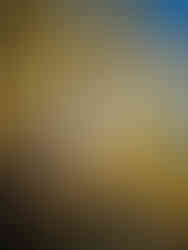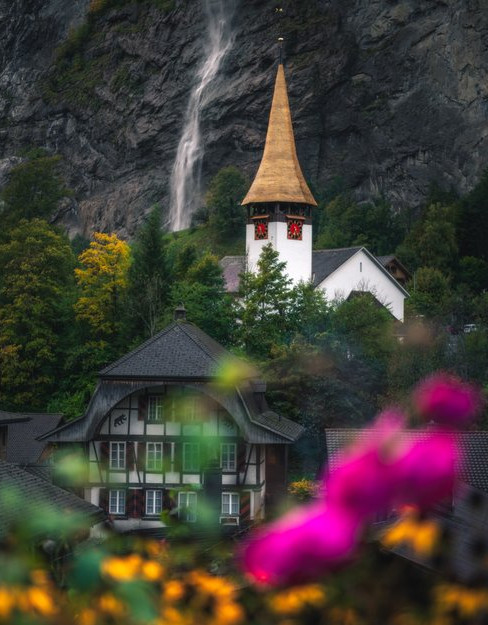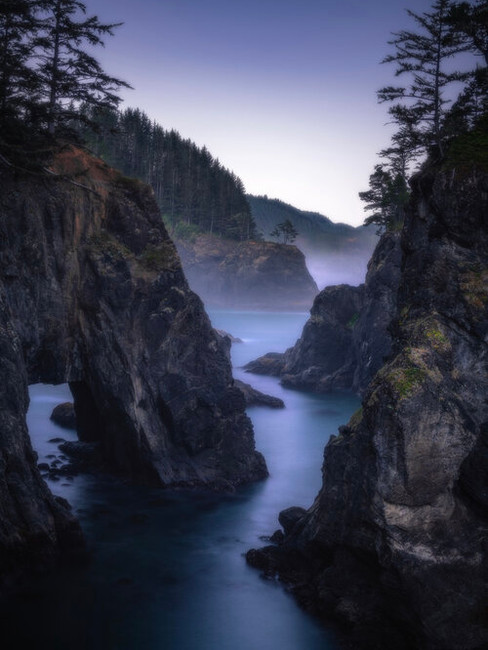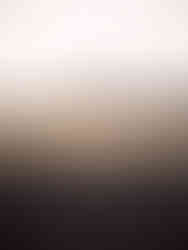Best Lenses for Landscape Photography
- Ryan Oswald
- Jun 7, 2023
- 5 min read
Landscape photography requires the right lens to capture powerful images and give the viewer a sense of emotion. While I’m a big believer that you can create something incredible no matter what lens you have, some lenses are better suited for certain situations.
If I could only bring ONE lens on my next adventure, which lens would I bring?
Simple Answer
If I can only bring one lens with me, it’s an easy answer.
My Nikon 14-24mm f/2.8 wide angle lens is my go to lens and doesn’t get swapped out too often.
But do as I Say, not as I do. Because I'm a hoarder. I load up all my gear. I have a range of 14mm - 600mm with me at all times. 😆
Different focal lengths tell different stories and there are certain places where I rarely use my wide angle. So let’s get into the times I choose different lenses for different landscapes.
Not Simple Answer
WIDE-ANGLE LENSES
Wide-angle lenses are the most commonly used lenses for landscape photography. They have a focal length of 24mm or less and can capture a wide field of view, making them perfect for capturing all of a landscape and sky in 1 shot. With that wide field of view comes a deep depth of field, which means that both the foreground and background will be in focus.
Wide angles also have some distortion, which is another reason they are my preferred choice. I use to my advantage to stretch certain parts of a scene and exaggerate the distance between objects in the foreground and background. (more later on how to compose an image with a wide angle)
Best Wide Angle Lenses are:
Nikon 14-24mm f/2.8
Sony 12-24mm f/2.8
Canon 15-35mm f/2.8
EXAMPLES OF WHY I CHOSE A WIDE ANGLE LENS: Wide angles allow you to capture the whole scene, foreground and sky, in one image.
Left: 14mm • f/2.8 • 12800 ISO • 20” Right: 14mm • f/2.8 • 400 ISO • 12 minutes
I can take a few small wildflowers and fill 1/3 of the frame. Using distortion to my advantage by tilting up to make wildflowers larger.
14mm • f/2.8 • 200 ISO • 30”
Show off entire scene while putting someone in. Using distortion again, stretch out one aspect of the foreground and place a person in center of frame, really exaggerating the scaling
Left: 14mm • f/2.8 • 100 ISO • 1/30” Right: 14mm • f/9 • 64 ISO • 1/13”
Without wide angle, I wouldn’t be able to give sense of huge dancing aspen trees (Compared to more compressed look with a mid range lens)
14mm • f/9 • 64 ISO • 1/10”
MID RANGE LENSES
When the wide angle just captures too much and there is no hero in the image. Grab your mid range to give the landscape a little punch while not losing out on the landscape as a whole.
Remember different lenses tell different stories. The more zoomed in your are on mountains, the more they look like mountains. I use my 24-70mm most of time when I shoot mountains.
Wide angle often times doesn’t translate the mountain and telephoto often times excludes any kind of foreground. I find the mid range is the perfect length to capture a mountain landscape without losing that mountain feeling.
Mid Range lenses also let you get a little more intimate with the night sky. Pick out your favorite part of the sky, zoom in a bit and really capture those details!
It also makes the bokeh stars a little larger and makes for a less distracting and more seamless background.
Try photographing an isolated subject with a bokeh, out of focus background. This is how the eye naturally views things. Using your mid range lens like this lets you guide the eye to the main focus of the image and really pulls the viewer in.
Best Mid Range Lenses are:
Nikon 24-70mm f/2.8
Sony 24-70mm f/2.8
Canon 24-70mm f/2.8
EXAMPLES OF WHY I CHOSE A MID RANGE LENS: Instead of the entire forest scene, I told the story another way. Zooming in some still tells the story of curvy aspen tree forest with fall colors, but I’ve isolated the area of the scene I want featured.

The church would not have been prominent and the mountains would have been much smaller with a wide angle. With a telephoto lens, I would have to choose between the church or the mountains. Mid range was the perfect Goldilocks lens.

Mid Range gives me an even balance of foreground, mid ground and background for this image. Wide angle would give too much space and telephoto would exclude at least one of the foreground elements.
70mm • f/2.8 • 200 ISO • 1/125 44mm • f/8 • 100 ISO • 1/3”
Telephoto chooses either the valley or the mountains, can’t tell the story of snow capped Rocky Mountains during peak fall colors. With the wide angle, the mountains only take up a small portion of the frame and lose that mountain vibe.

Isolate a subject but still capture the overall landscape scene. The compression of the mid range turned this distracting field of wildflowers into a single point focus.
85mm • f/1.8 • 200 ISO • 5”
I wanted to tell the story of the majestic, rugged coast of the PNW. By isolating this part of the frame, I take away the ocean and sky so there are nothing competing for focus.
70mm • f/2.8 • 1600 ISO • 30”
TELEPHOTO LENSES
Telephoto lenses are the perfect lens to draw the viewer's eye to the most important aspects of the scene by isolating and emphasizing specific elements.
Landscapes can be complex and busy and sometimes you’re left with an image that doesn’t translate the magic of what you’re seeing. Focusing on just part of a landscape can be a great way to cut parts of the scene that don’t add anything to the image.
Best Telephoto Lenses are:
Nikon 200-500mm f/5.6
Sony 100-400mm f/4.5-5.6
Canon 100-500mm f/4.5-7.1
EXAMPLES OF WHY I CHOSE A TELEPHOTO LENS: Sand dunes have a lot of repetitive foreground. The extra space does nothing for adding to the story and the telephoto is best for really isolating parts of a landscape.

To the naked eye, this is a dot in the distance. With a telephoto, the mountain becomes a mountain, we have dynamic light and all of a sudden we have depth introduced into the image. Telephoto lenses let you to dissect any scene and isolate any feature.
Left: 130mm • f/13 • 200 ISO • 1/250”
Right: 600mm • f/6.3 • 200 ISO • 1/400”
I hope these insights into why I chose specific lenses for certain shots helps you choose your next lens (or lenses) for your next adventure!
Got the lenses, but no adventure for them? Check out our upcoming workshops, it's time to put them back in their natural habitat!





























Comments